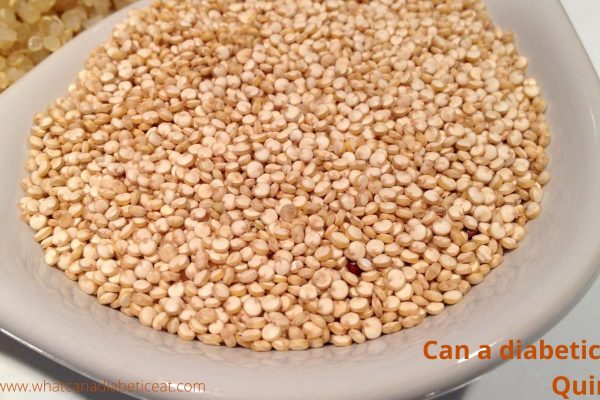What is Glycemic Index?

Glycemic index (or GI) is about food (especially carbs) and blood sugar. To be specific, glycemic index determines the extent to which any food raises blood sugar (glucose) levels after eating. Scientists, nutritionists, food producers etc. measure and express Glycemic index on a scale of 1 to 100. Standard and accepted practice is to rank carbohydrates as per glycemic index.
Can you eat high GI food?
When we eat foods with high GI, we digest the food pretty quickly. As a result your body rapidly absorbs the sugar in food and you may experience high blood sugar levels as soon as you eat. Low GI foods on the other hand do not cause significant fluctuations in blood sugar levels. This is because human body digests, absorbs and metabolises low GI foods at a much slower rate. From this it is obvious that foods or carbs with lower GI significantly help in having a good long term health.
Eating foods with lower glycemic index helps control diabetic complications, heart disease and stroke etc. As a result, many doctors recommend people with type 1 diabetes or type 2 diabetes to eat more low GI foods. This is true for women with gesttaional diabetes too. Eating lower GI foods during pregnancy means lesser need to use insulin. Less usage of insulin is safer for mother and baby in cases of gestational diabetes.
Many researches have also proved that people who eat low GI and high fibre foods do well with cholesterol too.
Low GI foods are also great for weight loss.
Diet high in protein and low in GI helps significantly with weight management and prevents obesity.
Does blood sugar monitoring help?
Doctors say one must monitor blood sugar levels time to time. A good way to monitor blood sugar levels is by using your own blood glucose meter.





